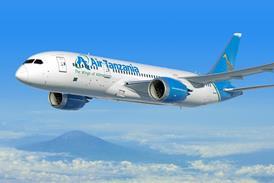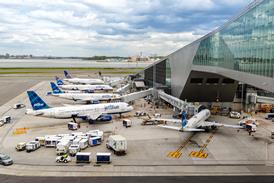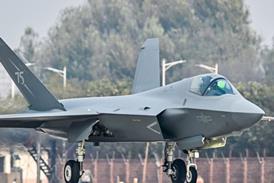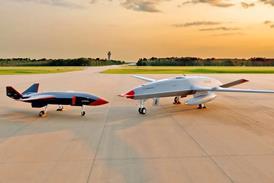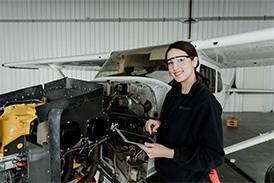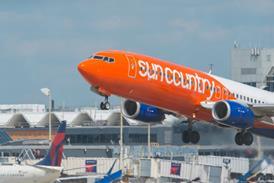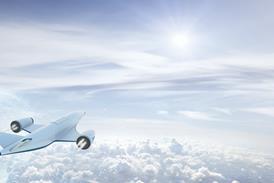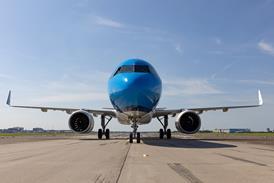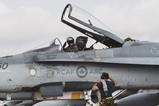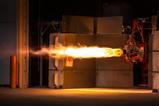The US Coast Guard is evaluating uncrewed aerial vehicles for use in maritime search and rescue operations.
Small, ship-launched platforms are being paired with uncrewed surface vessels (USVs) and conventionally manned ships to test potential capability improvements to the search and rescue process.
On 29 May, the USCG revealed an exercise in the waters off St Thomas in the US Virgin Islands, which saw a AV Puma (operated as the RQ-20 by the US Navy and US Marine Corps) team with an experimental uncrewed surface vessel (USV).
The two vehicles were tasked with identifying and locating a moribund ship and a person in the water, simulated with a rescue mannequin.
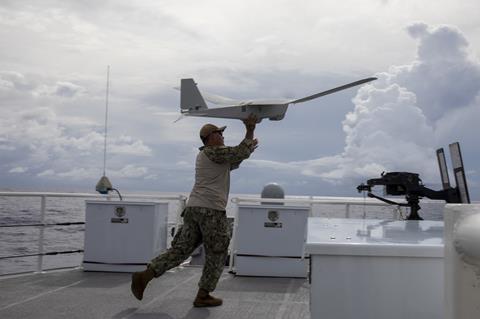
The mock search effort began around 18:00 local time in fading daylight conditions. A human operator launched the Puma from a small rigid inflatable boat, with the UAV then launching into a search pattern using its onboard electro-optical/infrared sensor package.
Two operators managed the Puma flight via a ground control station installed on the launch vessel. The small UAV can be remotely piloted or operate autonomously using GPS navigation and control software.
Once the Puma identified the target vessel, the Coast Guard says, the UAV maintained persistent aerial surveillance, circling the area to monitor the vessel’s position and behaviour.

Live position data was transmitted to a shore-based operations centre coordinating and monitoring the search and rescue exercise.
After the surface craft was identified, the USV was dispatched to perform a more-detailed evaluation of the distressed vessel using onboard radar and forward-looking infrared sensors.
After sunset, the same observation techniques were employed in low-light and night conditions.
The Coast Guard says the two uncrewed vehicles transmitted “consistent, clear imagery” of the target vessel under night conditions. However, the exercise did produce some challenges with visual identification of the target vessel, particularly involving reading craft’s the hull number. One of the digits in the painted-on identification number was later found to have been worn down.
The team also used the uncrewed assets to conduct a simulated night search for a person in the water, with a mannequin simulating a victim. That portion of the exercise was triggered by the launching of an emergency flare from a service vessel, which was detected by both the Puma and USV.
The two vehicles were remotely directed to launch a coordinated search for a person in the water.
“The assets worked in tandem to scan the search area,” the USCG says. “The Puma provided overwatch from above while the USV manoeuvred to investigate visually and with sensors at the surface level.”
Environmental conditions proved challenging, with high winds and rough seas introducing “significant visual distortions” to the video feeds, according to the Coast Guard. Sensor interference, positional drift and the low-light conditions added to the complexity.
“Despite the rough conditions, the Puma’s aerial surveillance capabilities proved effective,” the USCG says.
After several sweeps of the suspected target area, an emergency strobe affixed to the rescue mannequin was detected using the Puma’s EO/IR sensor.
Human observers aboard the USV retrieved the simulated patient from the water when the autonomous vessel approached the location identified by the Puma, concluding the exercise.
The Puma then returned to its launch ship approximately 2nm (3.5km) away for recovery. The flight lasted nearly 2h.
“These insights will inform future efforts to expand the Coast Guard’s operational reach and improve operational effectiveness in complex maritime environments,” the service says.
Recovery options for the Puma include placing the small UAV into a low-altitude deep stall above the landing area and using the UAV’s net-based precision recovery system, which is designed for shipboard recoveries.
The USCG envisions eventually using UAVs to conduct real search-and-rescue missions.
The service has previously use the Puma for national security missions, particularly in the Indo-Pacific region, having received training and technical assistance from US Navy personnel.


